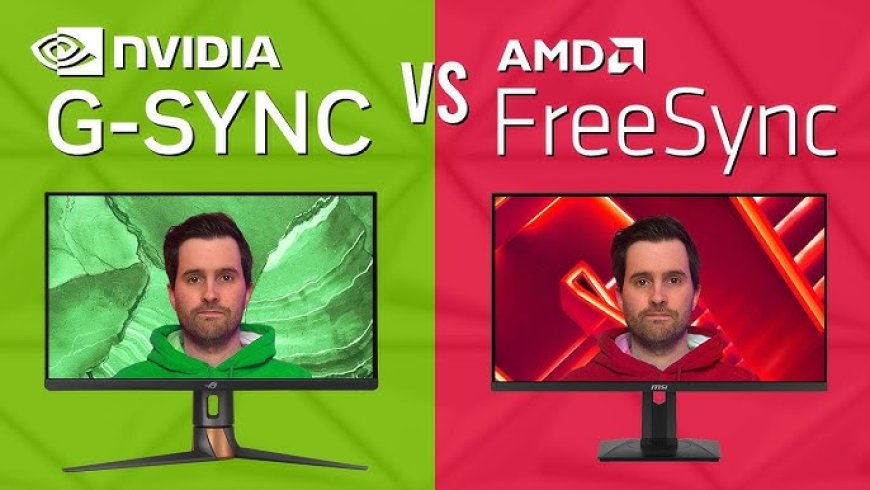The Importance of Refresh Rates in Gaming: A Deep Dive from 30Hz to 540Hz
Refresh rates in gaming have become a hot topic, especially with the introduction of monitors offering up to 540Hz. Many gamers and enthusiasts often question whether such high refresh rates are necessary or if they're just a marketing gimmick. This analysis aims to clarify the impact of different refresh rates on gaming, from 30Hz to 540Hz.

The Basics: What is Refresh Rate?
Before diving into the specifics, it's crucial to understand what a refresh rate is. Simply put, it's the number of times per second that a display updates its image. Measured in Hertz (Hz), a higher refresh rate means that the image is updated more frequently, which can significantly impact the gaming experience.
Why Higher Refresh Rates Enhance Gaming Performance
-
Smoothness and Fluidity: Higher refresh rates result in smoother, more fluid visuals. This is particularly noticeable in fast-paced games where split-second reactions are crucial. The difference between 30 FPS and 60 FPS is stark, with 60 FPS offering a much smoother experience.
-
Reduced Input Latency: A higher refresh rate also means lower input latency. This is the time delay between an action (like a mouse click or keyboard press) and its corresponding reaction on the screen. At higher refresh rates, this delay is reduced, providing a more responsive gaming experience.
-
Improved Motion Clarity: Higher refresh rates result in better motion clarity. This is particularly noticeable in fast-paced games, where the movement of characters and objects is more fluid and less blurry.
Also Check Asus ROG Hyperion GR701 ARGB (E-ATX) Full Tower Cabinet
The Incremental Benefits of Increasing Refresh Rates
-
From 30Hz to 60Hz: The jump from 30Hz to 60Hz is significant, offering much smoother gameplay and reduced motion blur. This is the most noticeable upgrade in terms of refresh rates.
-
From 60Hz to 120Hz: Moving to 120Hz further enhances smoothness and reduces motion blur. This is particularly beneficial for competitive gamers who require precise movements and quick reactions.
-
From 120Hz to 240Hz and Beyond: As we move to 240Hz and higher, the improvements become less pronounced but still beneficial for professional gamers and enthusiasts. These high refresh rates offer the ultimate in smoothness and responsiveness.
Real-World Implications of High Refresh Rates
-
Gaming: In gaming, higher refresh rates can provide a competitive edge. They make it easier to track moving targets and react quickly to in-game events.
-
Non-Gaming Uses: While the benefits of high refresh rates are most apparent in gaming, they can also enhance the overall experience in daily computing tasks, making everything from scrolling through web pages to watching videos more pleasant.
The Future of Refresh Rates in Gaming
As technology advances, we can expect to see even higher refresh rates become more common. However, it's important to balance the benefits of higher refresh rates with other factors such as resolution, panel type, and color accuracy.
Conclusion: Refresh Rates are a Key Component of the Gaming Experience
In conclusion, refresh rates play a crucial role in the gaming experience. While the jump from 30Hz to 60Hz offers the most noticeable improvement, higher refresh rates continue to enhance smoothness, reduce input latency, and improve motion clarity. As such, they are an important consideration for gamers looking to optimize their gaming setup.


































